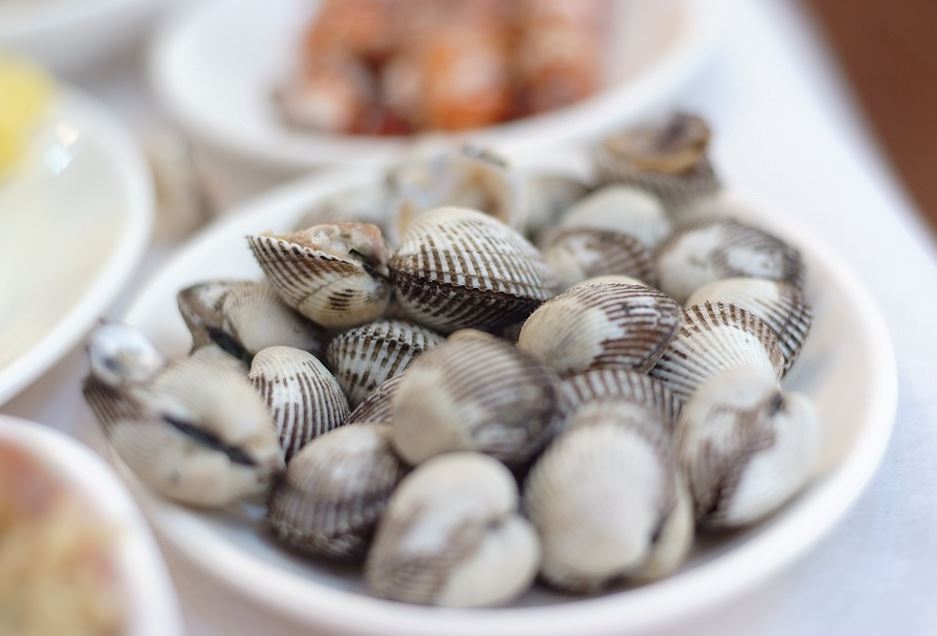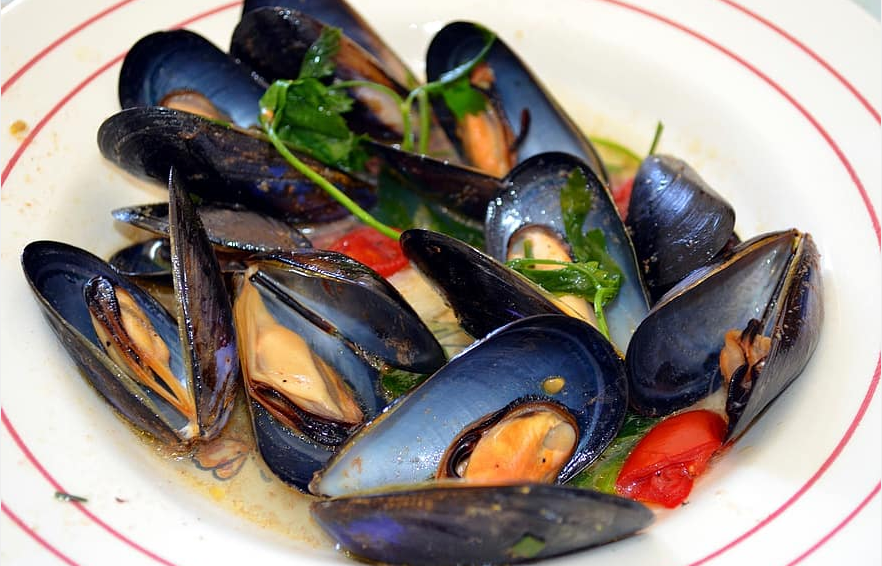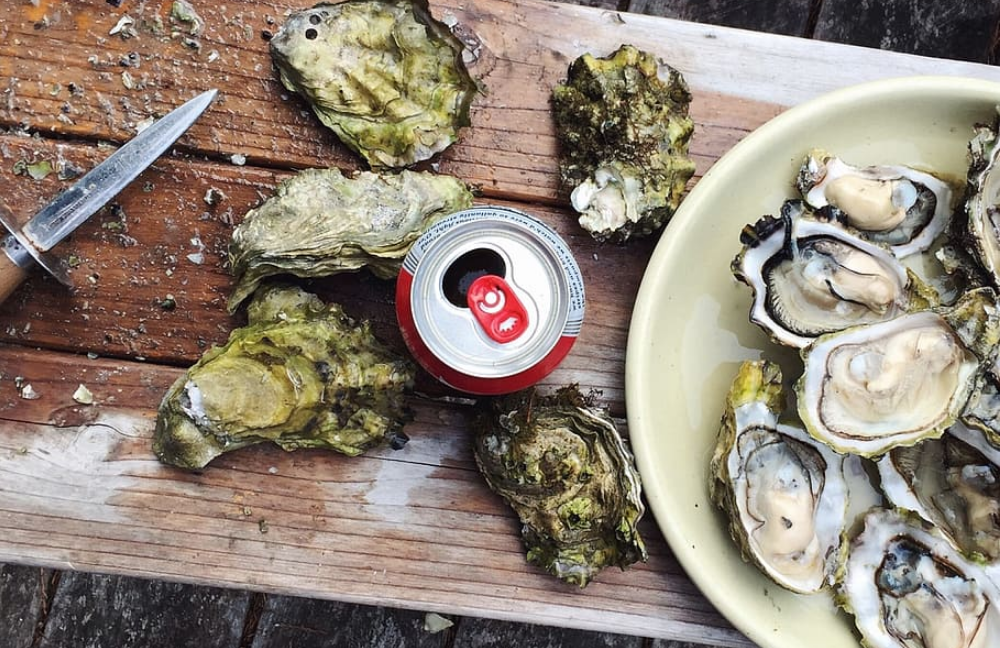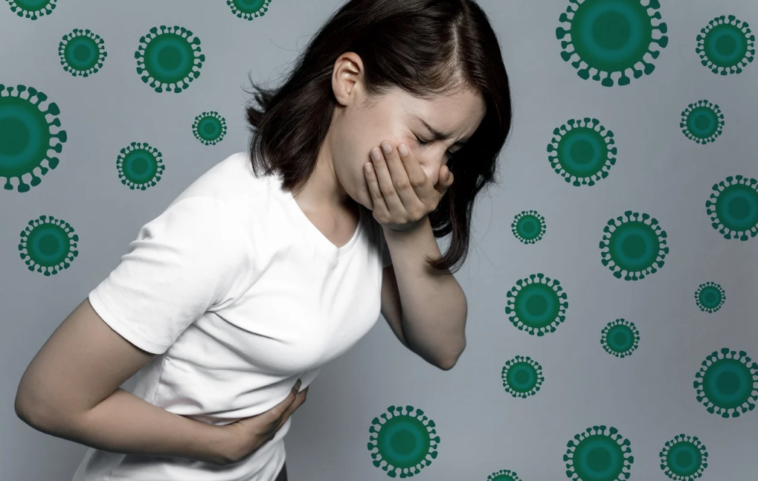Many French people spend their summer holidays by the sea. In addition to swimming and tanning, it is also an opportunity to enjoy the fresh seafood brought back by fishermen. However, be careful: certain mistakes when eating seafood platters could simply ruin your vacation. Indeed, like raw meat or fish, mussels, oysters, cockles and other clams can carry pathogenic bacteria (listeria, salmonella, etc.). To avoid suffering from diarrheal, neurotoxic, amnesic or paralyzing food poisoning and to delight your guests in tasting these fresh products, pay attention to these few points.
Why should you be particularly careful?
To feed on dinoflagellates and plankton, shellfish must filter sea water by passing it into their shell. However, between microplastics and wastewater in rivers and seas, shellfish are full of bacteria. Some of them are invasive (salmonella, listeria, etc.) and colonize the digestive tract. They then cause diarrhea, nausea and vomiting, headaches or fever. Eaten raw or undercookedthe germs of certain molluscs can therefore quickly make us sick or even poison us. In fragile people (pregnant women, children, elderly or immunocompromised people), manifestations can be more severe: rapid dehydration, etc. There are also risks of sepsis if the bacteria enters the blood, staphylococcus orhepatitis A.

Certain marine organisms such as dinoflagellates can also produce neurotoxins and will then be eaten by the seafood we consume. However, these toxins resist cooking. Although the neurotoxic pathologies linked to this are more rares that digestive pathologies such as diarrheal food poisoning, they nevertheless remain very serious and are more common when traveling abroad. There is then a risk of tingling in the mouth, muscle weakness, or even paralysis. And for good reason: these toxins directly attack our nerve fibers !
To avoid these symptoms, here are the mistakes
not to do with seafood!
Mistake 1: Eating seafood if the shell is open
Before cooking, a closed shell is a sign of freshness. If the shell closes when touched, this is another sign that the mollusc is fresh, because it means that it is still alive. Last thing, when cleaning, throw away any that float on the surface of the water basin. This is not a good sign…
Mistake 2: Storing your molluscs incorrectly
Improper storage of seafood is one of the worst mistakes. To avoid any risk, keep them on the bottom shelf of your refrigerator. Scallops and shellfish should be eaten the same day. Allow two days for seafood. Once cooked, it can be kept for a day, this time on the upper level of the fridge.
Mistake 3: Neglecting the rinsing step for mussels

Eating mussels is worth it! You must therefore take the time to sort and clean them before you can enjoy them. Then with the tip of the knife, remove the byssus (filaments). Next, prepare a container of cool water to soak them for 20 minutes. Using a skimmer, collect them, rinse them in another container then brush the shell. Also remember to give most shellfish a good rinse.
Mistake 4: Not respecting seafood seasons
It’s like fruits and vegetables: eaten out of season, they are no longer as delicious or healthy. For maximum freshness, it is therefore better be aware of their seasonality which depends on the reproductive cycles of the species. For oysters, it will preferably be from November to March. On the other hand, lobsters, lobsters and other crayfish are very present on the stalls in summer.
Mistake 5: Consume them when you are far from the coast
Seafood that has traveled a lot before ending up on your plate will have spent a long time in refrigerated trucks, swallowing up the kilometers and losing its initial freshness and good taste in the process. For more flavor and safety, the ideal will be to consume seafood products close to their fishing grounds !
Mistake 6: Getting too far ahead of opening oysters

Certainly, it saves a little time. However, it is better to consume them in 30 minutes after opening ! You will have understood: it is advisable to open them gradually or just before the meal.
Mistake 7: Enjoying shellfish when you are at greater risk
What goes for raw meat or raw fish also goes for seafood! Immunocompromised patients, young children, elderly people and pregnant women are all vulnerable people who would have difficulty consuming pathogenic bacteria. They are in fact more likely to develop complications in the event of food poisoning.
What are the signs of seafood food poisoning?
Food poisoning from seafood can manifest itself with various signs and symptoms that depend on the type of contaminant involved (bacteria, viruses or toxins). The most common signs of seafood food poisoning are gastrointestinal symptoms
with nausea and vomiting, feeling unwell, watery stools (frequent diarrhea) and abdominal pain (related to cramps and bloating).
Sometimes, however, we can also experience neurological symptoms. Sensations of tingling or numbness of the lips, tongue, face or extremities… These symptoms often occur following poisoning linked to toxins such as ciguatera or paralysis caused by shellfish toxins. Headache, fever, dizziness and a form of muscle weakness such as feeling of intense general fatigue are not surprising either.
In rare cases, some people may see their perceptions altered (cold perceived as heat and vice versa for example). In case of serious allergic reactions or severe poisoningthere may finally be more worrying respiratory symptoms (difficulty breathing and feeling of chest tightness). Swelling of the throat or face may also be a potential sign of a serious allergic reaction (anaphylaxis) which will require immediate medical intervention.
How to react in case of food poisoning linked to seafood?
Symptoms can appear quickly, usually within two to six hours after eating contaminated seafood. However, certain types of poisoning, such as ciguatera, can appear later, sometimes after 24 hours. The symptoms may then last from a few hours to several days depending on the severity of the poisoning and the type of contaminant.
If you experience symptoms of food poisoning after eating seafood, it is important to consult a healthcare professional, such as your GP. Moreover, drink plenty of fluids to prevent dehydration due to vomiting and diarrhea. Note that natural remedies may relieve your discomfort, but do not replace the advice of a doctor. And above all, stay alert and monitor your serious symptoms. If you have difficulty breathing, chest pain, or swelling of the face or throat, seek emergency care immediately.


